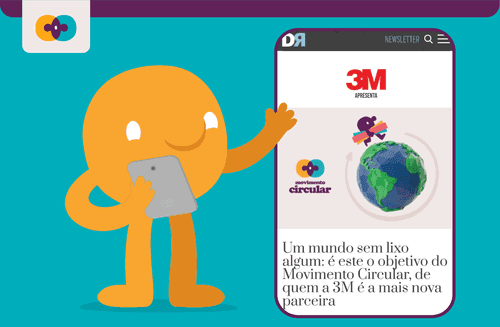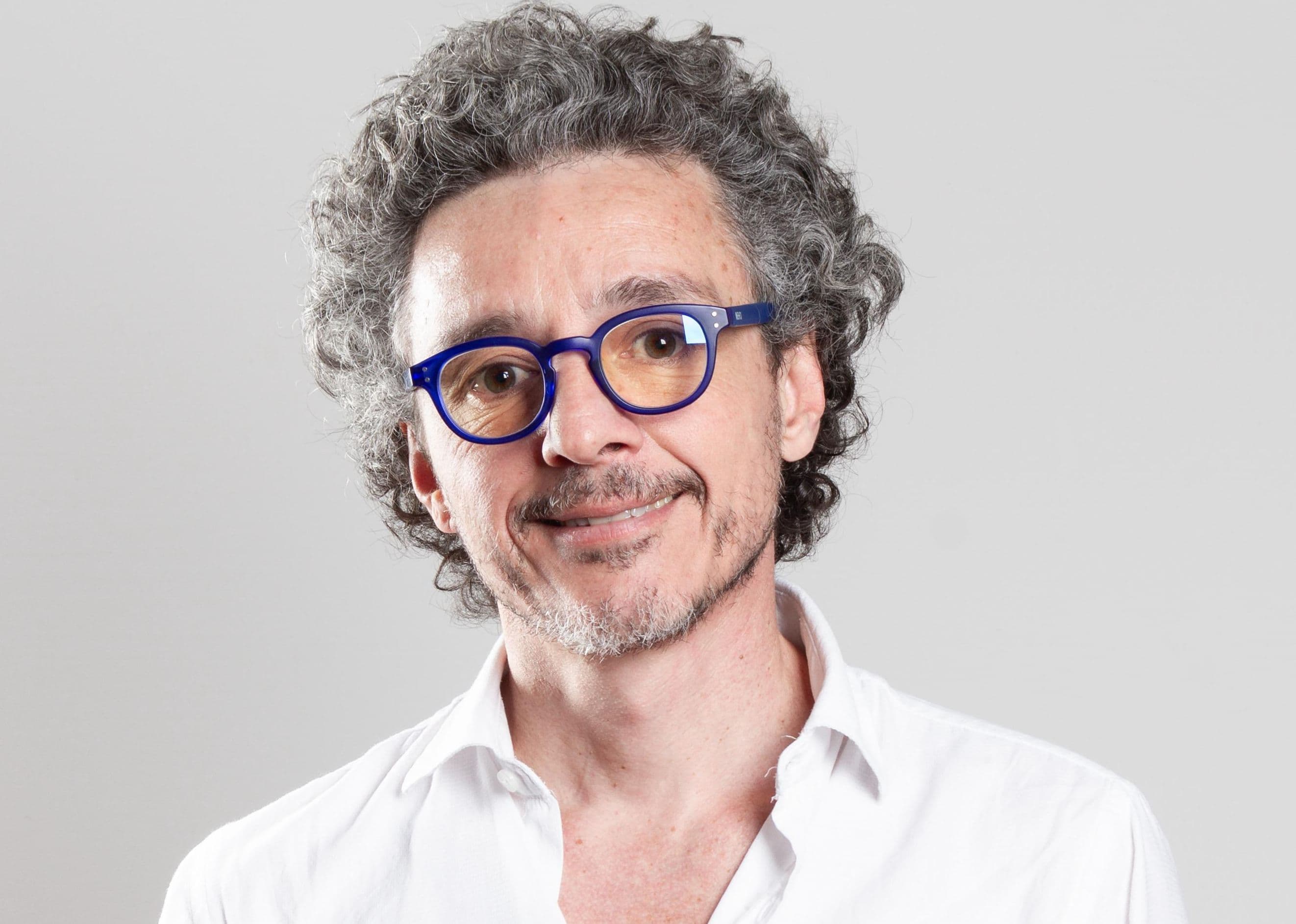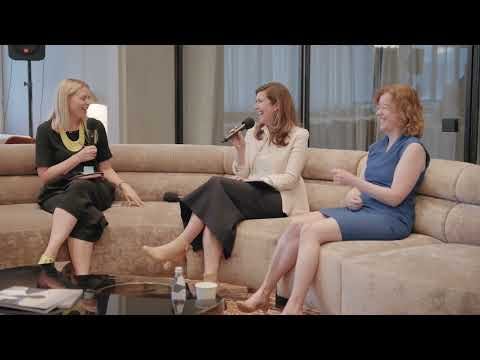
05/04/2022
Partnership with 3M is featured in Draft Project
Look how cool: The partnership between Circular Movement and 3M Brasil was highlighted in the Draft Project, a platform that covers the expansion of disruptive innovation in Brazil. Check out the full report:
A world without any waste: this is Circular Movement’s goal and 3M is the newest partner
Cláudia de Castro Lima - 31 MARCH 2022
Every year, we — myself, you and mankind at large — produce two billion tons of waste. If you find it difficult to see what this means, imagine that a 20-story building usually weighs "only" 6,000 tons.
According to the UN, 99% of the products we buy are thrown away within six months. A tiny part of the entire volume of waste is recycled - less than 2%. Its almost totality is therefore simply discarded.
With the vision that every resource can be reused and transformed, and an ambitious target that nothing else turns into waste, the Circular Movement emerged in 2020 and now there are 45 partners, including companies, cooperatives, institutions and even municipalities and 3M is among them.
"The Circular Movement is an open initiative and a collaborative ecosystem, which is committed to encouraging the transition from linear to circular economy", says Vinicius Saraceni, CEO of Atina Educação, who conceived the project together with the Dow company.
"The basic concept of movement, as well as of the Circular Economy, involves the idea that every resource can be reused and transformed, until nothing else becomes waste. We want everyone to understand that there's a new and better way for the world to work - waste-free!"
Several players are involved in the Circular Economy
The circular economy proposes a new approach to the economy: nothing more should be thought of as waste, but as a resource. Its major weapon is education: it is only with it that all the actors involved are made aware.
The Circular Movement envisions the possibility of real change in the long term (a world without waste), knows the path that must be followed (the Circular Economy) and the means to get there.
"We are here to inform people and institutions that a future without waste is possible, starting from education and culture, from the adoption of new behaviors and from the development of new processes, products and attitudes", says Vinicius.
In order to function perfectly, individuals, governments and companies must be part of this pact.
"Everyone plays a fundamental role to play in each of the spheres: individual, government and business. It is a true collaborative circle, which needs to feed itself to help regenerate the planet and our relationships."
According to him, each one of these players can create various actions that dialog with a more circular economy, such as reducing the losses and waste of natural resources in the industrial sector or opting for clean energy sources in the production of consumer goods.
"Thinking of the latter case, public policies that encourage this use should be a fundamental part of the action of the governments", he says. "And as a consumer, we can all influence this chain by carrying out more conscious consumption every day."
Co-responsibility is, according to Vinicius, one of the fundamental bases of the Circular Economy.
"All the players in the chains of extraction-production-consumption-disposal have to do their part so that the materials remain in circulation longer and, at the same time, generate less and less waste."
The role of business in the circular economy
It is in the circular economy that sustainability meets with the productive sector, in the sense of looking for solutions that involve the entire productive chain and, at the same time, preserve the environment.
"The impact of the Circular Movement is the sum of the actions carried out jointly with all the partners. We expect them to take the message of circularity to more and more people, through the different audiences with which they relate", Vinicius explains.
"We foster that by means of qualified content, strategies and support for carrying out projects and programs, especially of an educational and cultural nature, intended for these audiences."
What is expected of the Circular Movement's partner companies is that they engage in this construction by looking both internally, for their processes and products, and externally, for their relationship with collaborators, consumers and the entire community around them.
"3M is working to understand how we can constantly, as a company, generate this positive impact on the circular economy", says Mariana Penteado Soares, a specialist in Toxicology from the company, who led the adhesion to the Movement.
"We know that this depends on many players and when we found out about the Circular Movement, it made perfect sense to join this commitment with them. With this partnership, we can contribute to what we are learning and learn from the experiences of other companies that are part of the movement."
According to Mariana, 3M is constantly looking for alternatives to generate products that can enter the productive chain again. However, the company also has the objective of contributing with other partners, such as cooperatives.
"How do they identify the products, the waste that is generated that can be removed from landfills and go back to the productive chain? Our social responsibility also lies in helping cooperatives in this process."
Commitment to a cleaner future
The partnership with the Circular Movement is one of 3M's actions in the search for a cleaner future. The company recently made a commitment to the Global Alliance for Sustainable Energy, becoming one of its founding members.
The initiative intends to leverage the contribution of companies to the decarbonization of the energy system, in line with the United Nations Conference on Climate Change (COP26).
According to Mariana, regarding the commitment to the Circular Economy, 3M operates in the three pillars of sustainability: social, economic and environmental.
"We consider how to help cooperatives to become more professional and improve their processes in promoting better ways of working, for example,", she exemplifies.
Economically, more people end up entering the productive process, in the sense that cooperatives usually employ those who are unable to relocate to the labor market. "We also generate innovation, creating new products, packaging and processes."
The environmental pillar is contemplated with the removal from the landfill of what was previously considered waste - and which becomes a new product. "Today we know this as an upcycle: we can generate an even improve the product."
In addition, 3M has several projects in the direction of the circular economy, such as the association of several years with the "Give a Hand for the Future" Program, an initiative of the ABIHPEC (Brazilian Association of the Personal Hygiene, Perfumery and Cosmetics Industry) to contribute to the recycling rates of post-consumption packaging.
Another major program, created in 2014, is the partnership with TerraCycle for recycling Scotch-Brite sponges.
The Circular Movement, on the other hand, is looking for partners who are really engaged or willing to engage with the circularity agenda.
"They may be private companies, government entities, sectorial entities or third sector players", explains Vinicius. "They may be partners that are already performing or that are looking to perform, by means of initiatives and actions, to bring the precepts of the Circular Economy to more and more people."
With the partnerships, the expectation is to expand the voice of the Circular Movement. "And, with this, generate a real network of support and knowledge, to multiply the concepts and practices of the Circular Economy in society as a whole", says the CEO.
Check out the article on the Draft Project website.

